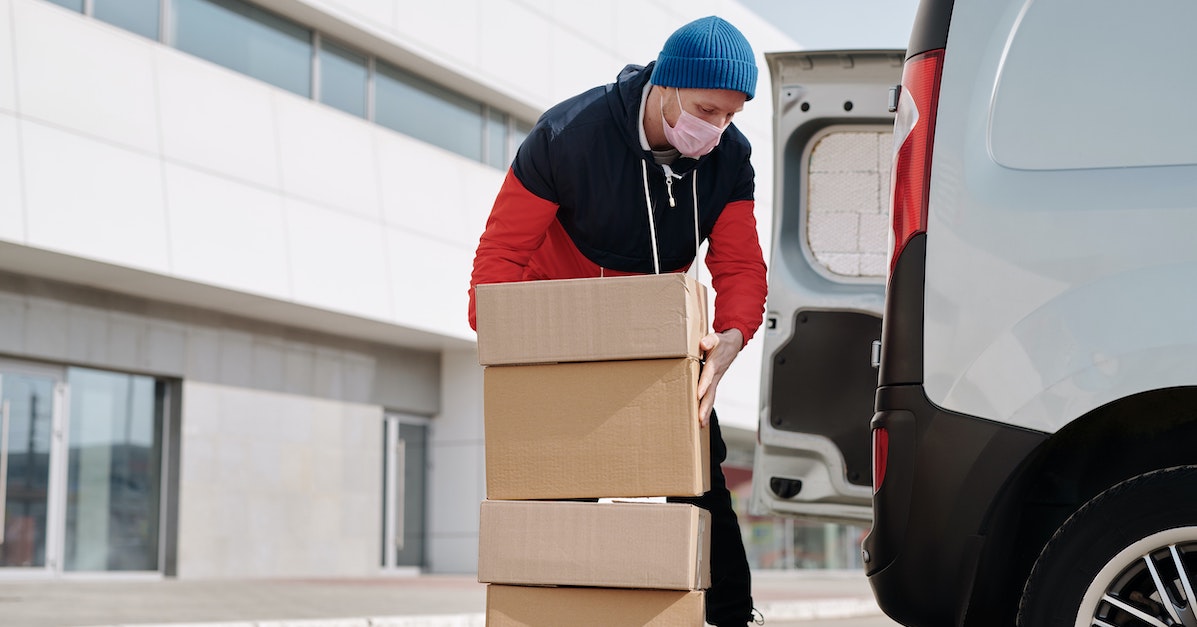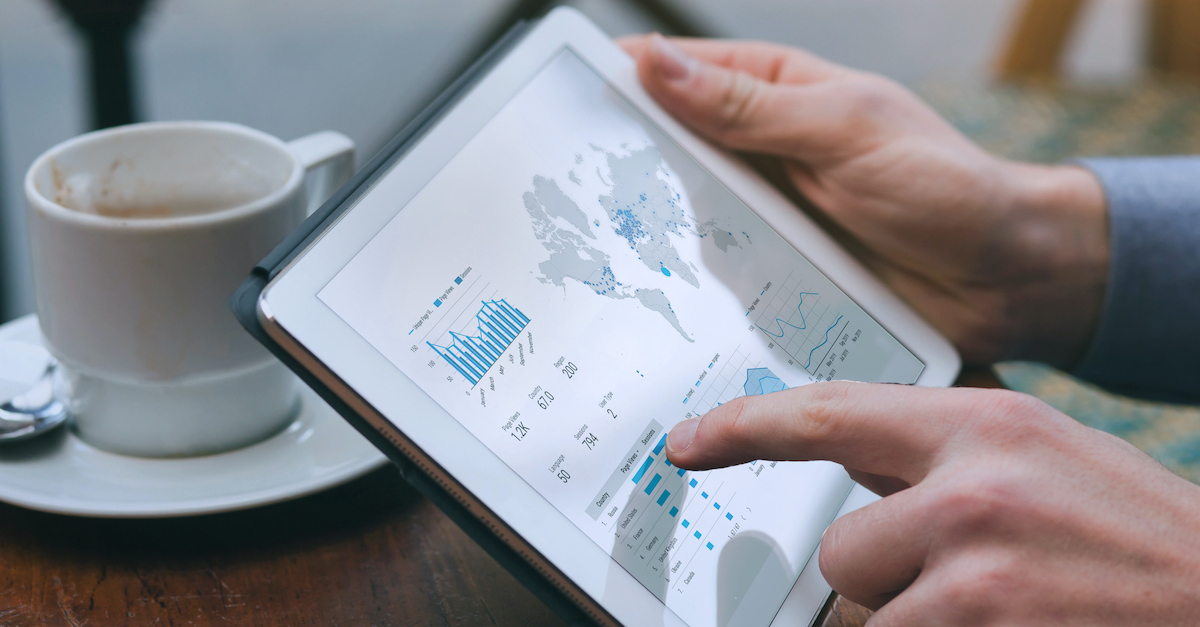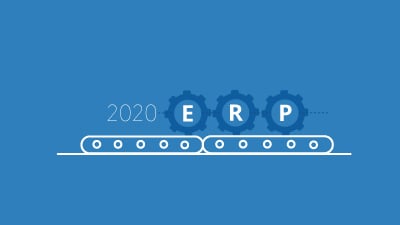The Omnichannel Mandate: Retailers Need to Meet Customers Where They Stand

Omnichannel commerce, defined as a holistic approach to multichannel payments, is nothing new; it just became a bit more necessary in the spring of 2020. Considered to be the next wave of ecommerce, this practice blends traditional retail practices with ecommerce to deliver customer service when, where, and how the customer wants to experience it.
In fact, both B2B and B2C companies had been considering or in many cases embracing this buying format over the past decade. Customers expect sellers to meet them where they are and deliver in the most convenient way possible.
The Rise (and Requirement) of Omnichannel Commerce
However, in light of the 2020 COVID-19 outbreak, those who had been on the fence were thrust into this world if they hoped to survive. Lockdowns stopped foot traffic, and many retailers discovered that if they wanted to maintain even a modest cash flow, they would have to adapt fast.
Prior to the lockdowns, this could have meant letting a customer order in store and have the item delivered. But in recent months, safety concerns mandated the opposite—retailers needed to provide a platform that let a customer shop, purchase, and pay online before dropping by an hour or so later to pick up the item at the curb.
Why Lockdowns Solidified the Connection between In-Store and Online
One of the hardest things to get rid of is a program that makes your customers’ lives easier. Two-day shipping was mocked when Amazon launched it in 2005. Now, people will abandon carts if you’re not offering a similar experience.
Over the last few months, customers’ brains have been rewired. Shopping used to consist of walking around, looking at items, feeling them, and making a decision. Throughout the pandemic, this disappeared. Many shifted from a leisurely stroll through the supermarket to a get-in-and-get-out mentality. That is, if they even went in at all.
The COVID-19 outbreak solidified the expectation that retailers deliver a connected omnichannel experience. Leisure went out the window when customers discovered that they could have the items ready and available when they drove up. Rather than spending an afternoon shopping, they could spend an hour or so shopping online, schedule pickup at a few locations, and be back home.
Even as we get back to normal, this expectation that you deliver ease of use and accessibility will remain—and if you haven’t done so already, you’re putting yourself behind.
The Challenges of Delivering This Flexibility
The lockdowns showed that many retailers were unprepared for the overnight shift from business as usual—especially compared to the one-stop-shop retail locations, pharmacies, or other retailers who were able to pivot from two-hour windows to one, and from waiting in line to curbside pickup.
There are a few reasons for this. First, as a midsized retailer, you likely didn’t have the time to pivot and didn’t have the ability to throw money at the problem. Places like Wal-Mart had been working with site to store initiatives since the mid-2000s, making the pivot to an even quicker program easier.
Second, you likely didn’t have the infrastructure in place before the outbreak took place. Whether you had been using outdated, undersized, or disconnected software, you were probably left scrambling to deliver on the expectations of your customers. Knowing this, you likely faced the following challenges:
Communicating What You Have
For many small or midsized retailers, it’s hard enough to get one aspect of an omnichannel initiative right. For example, a traditional bricks-and-mortar retailer launching an ecommerce initiative generally faces an uphill climb to deliver the information needed to ship a product—much less have it ready for curbside pickup in an hour or so.
The most common reason for this? A lack of inventory visibility. In order to be successful in a curbside pickup environment, you need to be able to know and communicate how much of an item you have, update it in real time, and have it ready for a customer.
When a customer is browsing your website, it’s expected that you can tell them that you have an item, have it at the store they want to buy it from (or at least which store you do have it at), and will have it ready for them.
Providing Flexibility
If you’ve ordered curbside pickup from somewhere like Best Buy, you know what customers expect—a truly integrated experience. Say a customer wants to buy a 55” TV from a store in Trumbull. If they’re out of stock, the site will let you know this in real time—but let you know that they have the exact item in stock in Orange and North Haven. Not willing to drive? Here are a few other options that are similar.
The ability to combine real-time inventory knowledge across stores with a hierarchy of items is a mandatory part of running a successful curbside initiative. Customers expect this flexibility and will abandon a cart if you can’t provide this.
Processing and Preparing the Order
Here’s one of those areas that has gotten even harder to keep up with. Prior to the pandemic, customers were a bit more patient with this, but now, as large retailers have moved to cut down the pickup time window, saying that you’ll have it ready tomorrow or two days form now is enough to drive them away.
Combining ecommerce and inventory tightly is the first step, but from here, you need to route the order to the store in seconds so employees can start building the order. To succeed in a curbside pickup landscape, you can’t rely on email or even phone calls for this.
Preparing and Notifying the Customer
After the customer clicks buy, they don’t want to be left in the dark. Something as simple as two email notifications saying “we’ve received your order and are working diligently to get it ready within [x] hours” and “your order is ready for pickup” go a long way in delivering customer satisfaction.
Again, this can’t rely on manual processes. Everything about this order needs to flow from the second they click buy to the second the order is processed to the second it’s ready.
How Cloud 9 ERP Solutions and Acumatica Can Help You Connect the Dots
Setting up and running a successful omnichannel experience in 2020 requires you to provide a curbside pickup experience. The shutdowns and stay at home orders have taken this from nice-to-have to mandatory.
Without integration and intelligence however, the decision to embrace a curbside pickup initiative could do more harm than good. Luckily, Acumatica makes curbside pickup easy. Delivering the flexibility, real-time information, and automation you need, Acumatica can facilitate the processing between an ecommerce website and your store. Watch the video below to learn more.
Learn more in How Acumatica Can Facilitate Your Decision to Implement Curbside Pickup.


